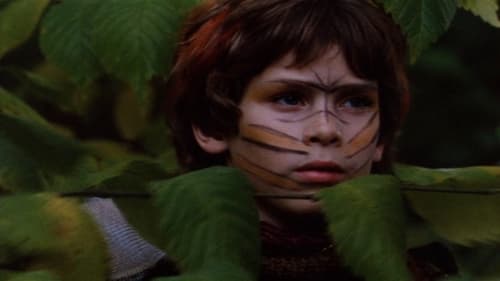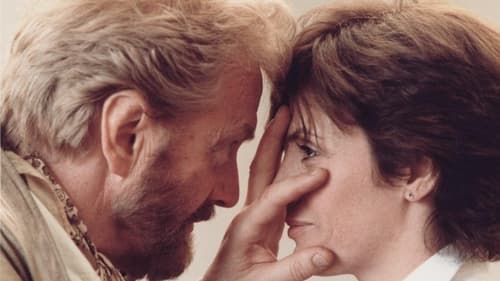
Director of Photography
Using Goethe's Theory of Colors (Zur Farbenlehre) as point of departure, Light Darkness and Colors takes us on a fascinating journey through the universe of colors. In 1704, Sir Isaac Newton published Light and Refraction, his study of the interactions between sunlight and prisms. Newton was, as a good scientist, intent on achieving objectivity, which meant studying sunlight in isolation. He thought colors were contained solely in light, and found the spectrum he was looking for. When he reproduced this experiment, Goethe found another, hidden set of colors missed by Newton. Goethe found the hidden colors in the boundaries between light and darkness. He felt, as an artist, that one could not talk about light without including darkness. Calling it 'the light-darkness polarity', Goethe made this new scientific discovery using artistic methods in conjunction with science.

Cinematography
After librarian Isolde attempts suicide, she leaves her politician husband for a younger student with a dark past. Isolde's former husband, however, has something else in mind for the young man.

Cinematography
Seven 12-year-olds fight against property speculators and local officials who intend to replace a treasured forest with a concrete building jungle.

Assistant Camera

Cinematography
Michael Strunge and other young Danish poets, accompanied by images of night-time Copenhagen.

Electrician
"Evening Land muestra acontecimientos "ficticios" en la Europa de aquel momento comenzando con una huelga en un astillero de Copenhague causada por la construcción de cuatro submarinos para el ejército francés no sólo porque la dirección ha propuesto una congelación salarial para asegurar el contrato, sino porque se descubre que los submarinos han de ser equipados con misiles nucleares. Al mismo tiempo, tiene lugar una cumbre de ministros de la Comunidad Económica Europea en Copenhague, y un grupo de manifestantes radicales secuestran al ministro danés en protesta por la producción de submarinos nucleares en Dinamarca, y en apoyo de las demandas de los huelguistas. La policía danesa no sólo los ataca brutalmente durante una manifestación, también localizan y rescatan al ministro secuestrado y capturan o matan a los "terroristas"." (FILMAFFINITY)




